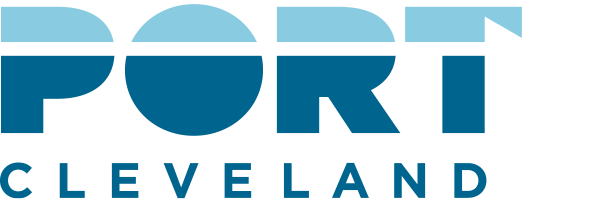Originally published in Crain’s Cleveland Business
The June 16 opinion piece in Crain’s regarding Project Icebreaker, the proposed Lake Erie wind energy demonstration project, begs a response. In full disclosure, I serve on the board of the Lake Erie Energy Development Corp. (LEEDCo), the wind energy project’s nonprofit sponsor.
The author calls for additional environmental review of the project despite exhaustive reviews already conducted by numerous public agencies at the federal, state and local level. In truth, this project has been studied nearly to death. The findings contained in the voluminous reports and analyses, which regulators relied on to issue their permits, speak for themselves: The project poses very minimal environmental risk. Thanks to years of hard work by project proponents, we are finally poised to build it, propelling Cleveland to the forefront of a burgeoning energy sector.
At the federal level alone, the U.S. Department of Energy (DOE) completed a two-year environmental impact assessment of the project. DOE’s massive review, conducted with input from other federal agencies including the U.S. Fish and Wildlife Service, concluded last year with the issuance of a “Finding of No Significant Impact.” The DOE report reads, “The proposed project will not significantly adversely affect any endangered or threatened species or any critical habitat,” and it further concludes there would be no potential for population-level impacts to any species of birds. Furthermore, any future offshore wind project would have to undergo the same rigorous regulatory reviews.
As the first freshwater wind energy installation in North America, Project Icebreaker represents a once- in-a-generation (perhaps a lifetime) opportunity to vault Cleveland to the forefront of an industry poised for explosive growth. The first U.S. offshore wind project, a pilot like ours, went into operation in December 2016 off the coast of Block Island, R.I. In just two-and-a-half years, a wave of projects are now in the development pipeline along the Eastern Seaboard, representing at least $70 billion in new investment. European countries have installed more than 4,500 turbines in the North Atlantic and the Baltic Sea that generate enough energy to power 14 million homes. Asian countries are now moving very quickly to harness their offshore wind resource. When built at scale, offshore wind energy projects are now competitive, with zero subsidy, with all other energy sources.
Establishing Cleveland as a leader in offshore wind energy is not only good for the environment and smart energy policy, it holds significant economic development potential — meaning new jobs and investments in Ohio. Ohio already has a formidable wind energy component-part manufacturing presence. Picture Ohio-made wind turbine components shipped around the world from the Port of Cleveland and skilled Ohio workers meeting the demands of a growing industry here and abroad. With Mother Nature providing a world-class wind resource and good old Ohio ingenuity powering the supply chain, we have very real and substantial comparative advantages in this sector that we’d be foolish to squander.
Resistance to change is an all-too-familiar drag on progress. Let’s not look back with regret because others seized the day.
